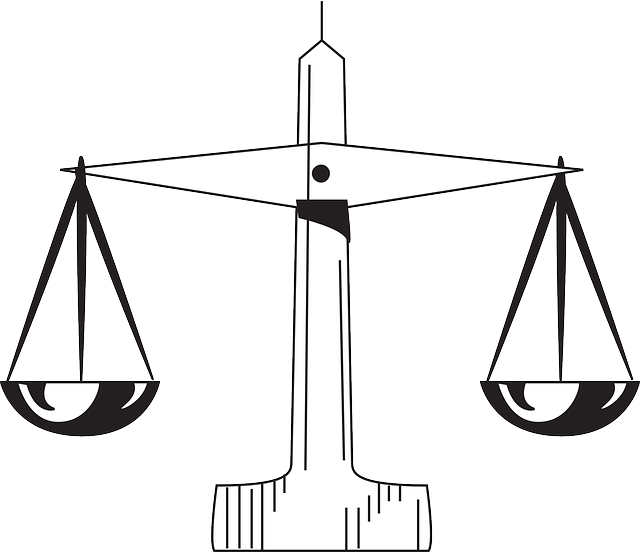Intellectual Property Rights (IPRs) are essential tools for businesses and creators in today's digital world, promoting innovation and protecting original works. Key IPR components include trademarks, copyrights, patents, and trade secrets, each offering distinct protections. Effective IP compliance involves searching for existing IP, educating employees, obtaining licenses and registrations, regularly reviewing portfolios, and documenting creative processes to avoid disputes, unauthorized use, and regulatory issues. Prioritizing IP compliance safeguards creative assets, fosters ethical practices, and enables successful commercialization or legal protection.
“Unraveling the complexities of intellectual property rights (IPR) is essential for any business aiming for long-term success. This comprehensive guide aims to empower entrepreneurs and businesses with invaluable insights into effective IP management. From understanding IPR basics to navigating global laws, we delve into crucial strategies for protecting creative works.
Learn about IP compliance, exploring dos and don’ts, ensuring your business stays ahead of the curve. Discover how to safeguard your innovations and intellectual creations in today’s competitive market.”
- Understanding Intellectual Property Rights (IPR) Basics
- IP Compliance: Do's and Don'ts for Businesses
- Protecting Your Creative Works: Strategies for Effective IP Management
- Navigating Global IP Laws: A Comprehensive Guide for Entrepreneurs
Understanding Intellectual Property Rights (IPR) Basics

Intellectual Property Rights (IPRs) form the backbone of innovation and creativity in today’s digital era. Understanding these rights is crucial for any individual or business looking to protect their original works, ideas, and inventions. IP compliance involves recognizing and adhering to laws that grant exclusive rights to creators and inventors, ensuring their creations remain their own.
At its core, IPRs encompass trademarks, copyrights, patents, and trade secrets. Each category offers distinct protections. Trademarks safeguard brand identities and logos, preventing others from using similar marks. Copyrights shield artistic, literary, and musical works, giving creators control over how their creations are used. Patents protect inventions by granting exclusive licensing rights to inventors. Trade secrets, meanwhile, involve confidential business information that provides a competitive edge. Mastering these IP basics is the first step towards safeguarding your ideas and ensuring legal protection for your intellectual property.
IP Compliance: Do's and Don'ts for Businesses

IP Compliance: A Guide for Businesses
Maintaining proper IP compliance is essential for any business aiming to protect its innovative assets. Do’s include conducting thorough searches to ensure your products or services aren’t infringing on existing IP, such as trademarks, copyrights, or patents. It’s also crucial to create and implement policies that educate employees about IP rights and responsibilities. Obtaining the necessary licenses and registering your own IP are other vital steps. Regular reviews of IP portfolios can help businesses stay up-to-date with changes in regulations and identify areas for improvement.
On the contrary, common pitfalls include ignoring IP issues until a dispute arises. Using copyrighted materials without permission or failing to renew trademarks can lead to legal troubles. Additionally, not educating employees about IP ethics and the importance of originality can result in unintentional infringements. Businesses should avoid assuming that their creations are automatically protected; formal registration is often required for robust legal defense. Lastly, lack of documentation can complicate enforcement efforts if intellectual property is misused.
Protecting Your Creative Works: Strategies for Effective IP Management

Protecting your creative works is paramount in ensuring long-term success and sustainability for any individual or business involved in artistic endeavors. Intellectual property (IP) rights serve as a shield, safeguarding original ideas, innovations, and expressions from unauthorized use. Effective IP management involves a strategic approach to recognize, document, and enforce your rights, fostering an environment conducive to creativity and innovation.
One crucial strategy is to educate yourself about the various forms of intellectual property, such as copyrights, trademarks, and patents, which apply to your specific field. Understanding these legal frameworks enables you to take proactive measures in establishing ownership and preventing infringement. Regularly reviewing and updating your IP portfolio is essential, especially with dynamic creative industries. This process involves documenting creation dates, registering works with relevant authorities, and keeping detailed records of your creative processes. By prioritizing IP compliance, creators can mitigate risks, protect their unique contributions, and lay the groundwork for successful commercial endeavors or legal actions when necessary.
Navigating Global IP Laws: A Comprehensive Guide for Entrepreneurs

In today’s globalized market, entrepreneurs must navigate a complex web of intellectual property (IP) laws to protect their innovations and creations. With businesses operating across borders, ensuring IP compliance is more critical than ever. A comprehensive guide for entrepreneurs should cover key aspects such as understanding different jurisdictions’ patent, trademark, and copyright laws, as well as the unique challenges posed by digital platforms and international trade agreements.
To master this, entrepreneurs can start by conducting thorough research on the IP landscape in their target markets. This includes identifying relevant IP regulations, registration procedures, and enforcement mechanisms. Utilizing professional services like legal advisors or specialized IP firms can significantly streamline the process. Additionally, staying updated with global trends and developments in IP law through reputable sources ensures businesses remain ahead of the curve, thereby safeguarding their valuable intellectual assets.
In navigating today’s competitive business landscape, understanding and prioritizing intellectual property rights (IPR) is paramount. By adhering to strict IP compliance standards, businesses can safeguard their creative works, foster innovation, and thrive in global markets. The strategies outlined in this article, including do’s and don’ts for effective IP management, serve as a comprehensive guide for entrepreneurs looking to protect their intellectual assets and maintain a competitive edge.
